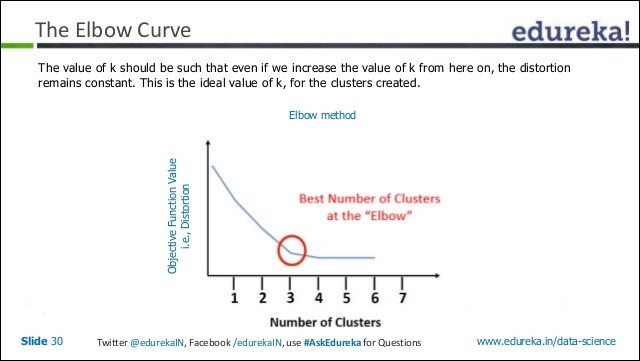What is Clustering?
Here we represent the elbow curve and the best number of clusters on it, which are represented on the curve line:

Clustering is a way of analyzing data so that the items are grouped into similar groups, or clusters, according to their similarity. Clustering is the process of finding interesting patterns in data, and it is used to categorize and classify data into groups, as well as to distinguish groups of data from each other. Before we start to cluster the data, we don't know the cluster where each data point resides.
Clustering is an example of an unsupervised method. In unsupervised methods of machine learning, unsupervised methods are not focused on trying to predict an outcome. Instead, unsupervised methods are focused on discovering patterns in the data. Using unsupervised methods means that you can take a fresh look at the data for patterns that you may not have considered previously, such as neural networks or clustering, for example.
Clustering is a great tool...


























































